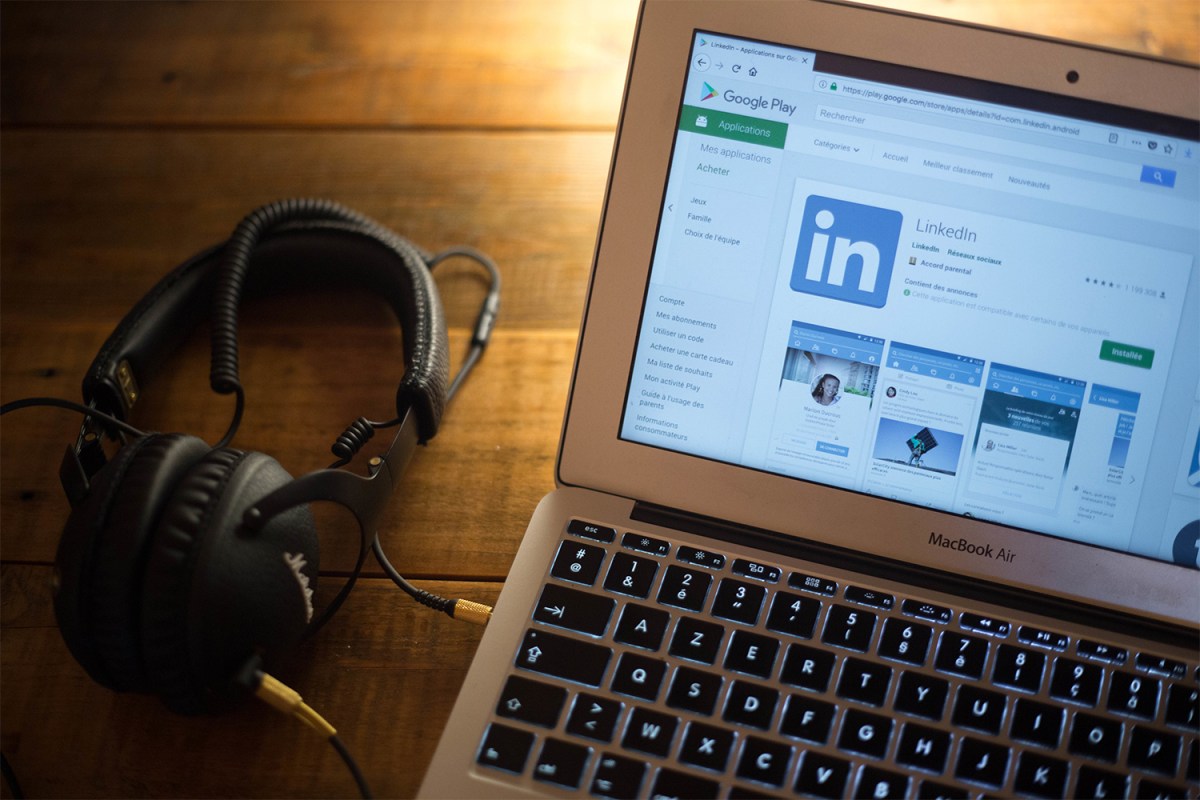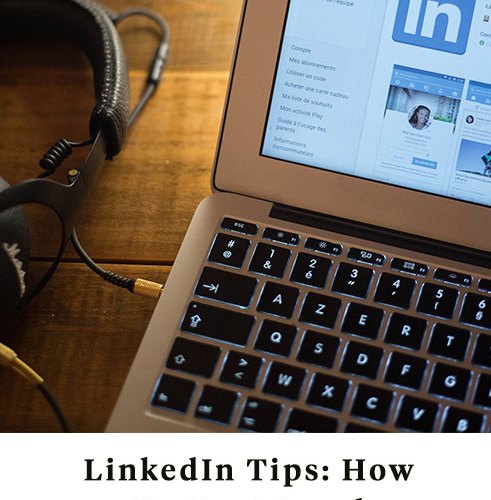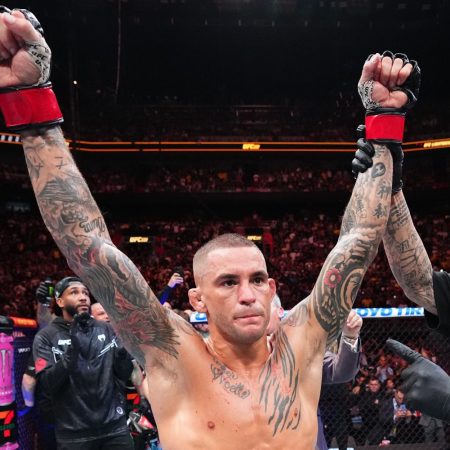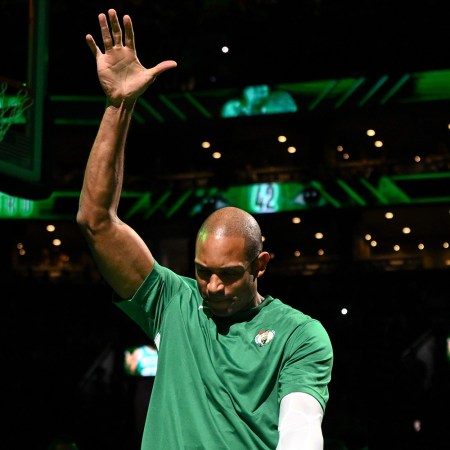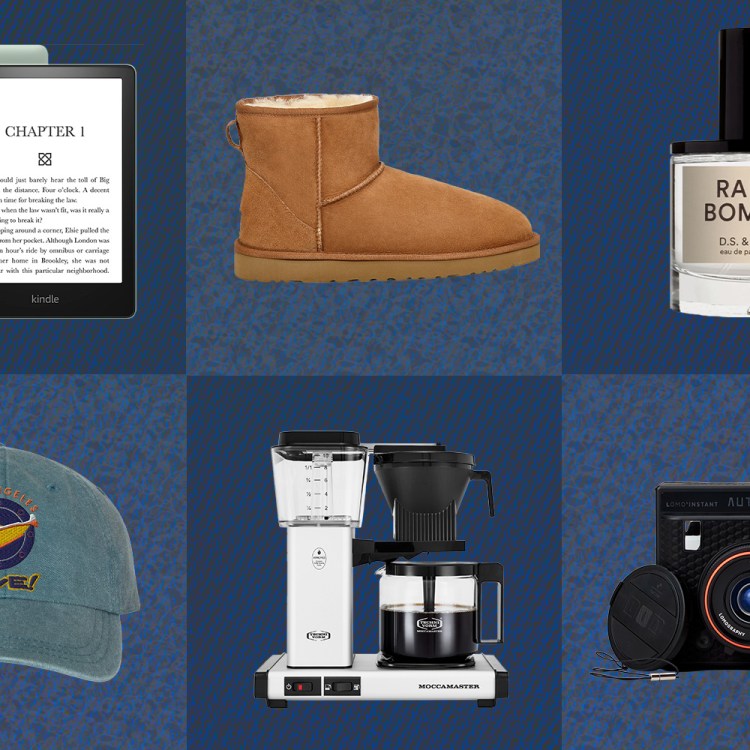Truth: When I sent branding mastermind Karen Tiber Leland my LinkedIn profile for her professional assessment, I felt pretty confident. I’ve done branding projects for Fortune 500 companies, written speeches for political wunderkinds and contributed to some of the best editorial outlets in the world. Did I imagine her saying, with regrets, that my LinkedIn profile was so good that she couldn’t actually improve it? Yep.
You can imagine my surprise, then, when I sat for a bracing session with Leland, founder of the bi-coastal Sterling Marketing Group and author of The Brand Mapping Strategy. That profile pic, the one I thought looked so cute and insouciant, even as it showed me leaning awkwardly over a fork? Not so great. That irreverent About page — the one that mentioned, in closing, how much I liked the show Baskets? Equally not great. That overall sense that I thought I was just slightly too cool to play the LinkedIn game? Not actually doing me any favors. “This is the world we live in,” Leland said.
Chances are you may be committing some of my errors — and perhaps counterintuitively, this may especially be true if your job title (like mine) makes you qualified for this. (For evidence, please refer to Herbert Scott’s 1976 poem “The Grocer’s Children,” with the titular figures staving off starvation by eating “day-old bread moldy cakes and cheese.”) Sometimes we don’t save the best work for ourselves.
Below, highlights from an unusually pragmatic and productive conversation. If you’re looking to advance your career — or just keep up with a fast-moving professional environment — I’d book a session with Leland. She did more in 30 minutes to save me from the embarrassment of my fork photos than I could have done in six months of faffing around on my own.
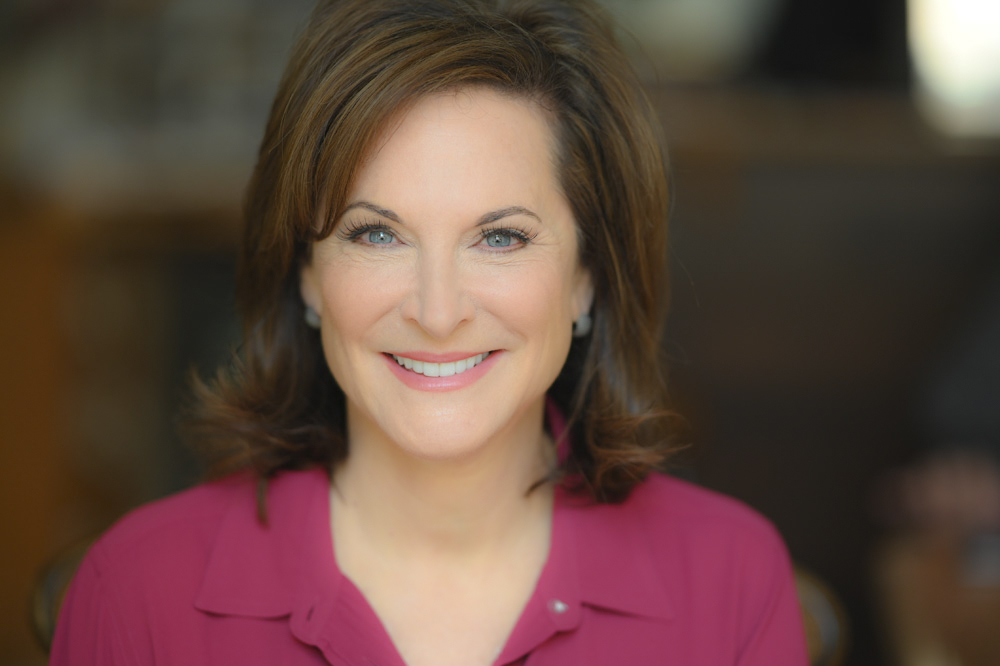
Main question: Do I actually, really need to get my head around LinkedIn — or can I maybe just continue to ignore it?
If you look at the statistics, something like 77% of the people you meet, within a business context, are going to check you out on LinkedIn. You’re not alone, though — almost everybody who calls me to help them with either their business brand or their personal brand has no idea how to maximize it for their benefit — let’s say, less than 10 percent. And these are smart people.
I thought this was true for “business” — is it true even for people in a field like journalism?
I’ll tell you something strange: I’ve started working with three or four reporters, helping them do their LinkedIns and their brand. They realize that no matter how good their journalism is, they need to market themselves. We can argue about ethicacy of that, but not the efficacy.
I feel like part of the issue is that the stakes, for the most part, feel lower on Instagram or Facebook — sure, there are some really bad outlier situations, but generally, I’m not going to earn less money because my Thanksgiving Stories are boring. But with LinkedIn, I worry that if I post the wrong thing, I’m actually going to lose work.
There’s no getting around that, 100 percent, with any social media — that’s just the way it is. You’re always running the risk that something you say someone will find strange or offensive; that’s the world we live in. You can always delete things you put up.
What do people misunderstand about LinkedIn?
People have the idea that with Instagram, you’re posting a picture. With Twitter, you’re posting a piece of information or announcing something. With LinkedIn, people see it as a resume or an online bio, but that’s just sort of the top level. They’re not really thinking of it as a communication tool. And it really can be.
So let’s look at my profile.
The first thing is, if I were a producer at a TV show or a news show, and I was looking for a writer to comment on something and I went to your profile, that picture of you is not a professional picture. You’re doing this weird thing, leaning into a fork — you don’t look like a serious person to me.
So what constitutes a good photo?
You want a headshot, from shoulders up.
So a professional headshot?
You can get a professional headshot in basically any city for $250 to $500.
It sounds like you’re saying that would be a wise investment.
It’s a very wise investment.
What else do people get wrong with their photos?
They have other people in the picture with them — like with your arm around someone. They have inappropriate pictures, of people getting out of the ocean in a bathing suit. They have pictures of themselves knocking back a tequila shot. These are all real examples, by the way.
But maybe if they were working for a tequila brand?
If you were going for a job interview, would you send in that photo?
What next?
There’s no real branding in this. You have that generic blue background — you’re not using that space for any kind of branding. You’re just wasting the real estate. This is the first impression that someone’s going to have of you — why would you waste that real estate?
So what should I do?
You want to pick an image with a logo, or an image that incorporates the colors of your logo — that’s a good place to start. You also want to put some core messaging there. I can’t tell you what that is — for you, it might be a picture of your book. It might be a list of three or four places that you’ve written for.
When you spot a problem like that, are there, like, online resources like that your clients can use to make a good banner?
You can find a graphic designer that can do something for not a lot of money.
I feel like what I’m hearing is to bring in professionals to do a professional’s job.
I’ve actually had reporters from magazines like The Atlantic and The New York Times and The Wall Street Journal tell me that a source had been referred to them — but when they looked at [that source’s] LinkedIn, they didn’t want to use that person — because it was going to make the reporter look not credible.
So that thing where you say, “I don’t do social media” — that doesn’t work anymore?
For better or for worse, like it or not: We live in a public space these days. You can’t say I want to be part of the public and do business and not pay attention to this stuff. I’ve had CEOs of companies tell me [that they didn’t want to do social media]. I tell them, “That’s too bad. That’s not the world we live in anymore. It would be nice if it were, but it’s not.” A big part of my job is educating people in terms of the public sphere, and what their obligations are to their companies within it.
So what else is wrong with my profile?
You describe yourself as “Writer + editor” [in the “headline”], but you’re not doing anything in terms of creating your brand. That’s this precious piece of real estate, which you could be using to create your brand, saying that you’re a writer who’s written for The Wall Street Journal, Outside, Travel + Leisure. You could be using that space to really create that brand at a glance, but you’re not. When you consider that, alongside the plain background and that strange picture, you just don’t look like you’re very good at your job.
But if you put all those places where you’ve written in the headline, you’re getting leveraged credibility right up front. If I see you’ve written for all these great places, I know you’re a serious writer right from the get-go.
I think what you’re saying is I’m burying the lede. Is that a common problem?
People completely bury the lede. They do a horrible job in the headline space. Everything you’re doing wrong are the most common mistakes.
What else is wrong?
You don’t have any recommendations.
Is that a real thing that people care about?
Yes. There’s value in having at least three to five recommendations. It’s just a best practice.
What else?
Your About section is just a random combination of facts, written in without any narrative sense: “I did this and I did that and I attended this conference” — and I’m like, What? What is she doing? You have a good story, but you’re not telling it in a powerful way.
Generally speaking, how can people do better in their About sections?
It’s good to use at least one bulleted list so people can scan quickly. It’s also good to use paragraphs. You’re throwing away a lot of stuff by not telling the story in a powerful way.
It’s kind of ironic, given that I’m a writer.
I get calls all the time from marketing professionals and branding strategists, and they say, “I need your help.” It’s just too hard to see it for yourself. I was hired by a LinkedIn professional to do his LinkedIn! No one can see the inside of their own eyelids.
What about adding links to the news feed?
You need to think about what you’re trying to be known for, and then think about it like an editor — you need to come with something like an editorial calendar, and figure out what would be an appropriate thing to post, and at what times, at least once a week. I do it myself, and every time I do, I get new people joining my LinkedIn — and people who are my right audience.
Is there any value in LinkedIn’s premium account?
Only if you want to reach out to people and use LinkedIn as a sales lead tool.
Is there an art to reaching out to a stranger on LinkedIn?
First, you don’t want to do that until you’ve got your LinkedIn really sharp. I would also suggest having some content under your belt, so they can see what your expertise is. Once that’s done, the key is to send a very simple, very polite intro that simply says, “I saw your profile and I’d like to get connected.” That’s the first step. Some of those people won’t connect with you; some will. Then, once you’re connected, it’s about sending a follow-up email saying, “I’d love to schedule a time to talk to you about what I do.” It’s really short and sweet, to the point and polite. Some will be interested and some won’t. It’s what I used to do in the old days — cold calling and selling office supplies. At least now, they can look you up and see a bit about you.
Any special advice for people in Silicon Valley and San Francisco?
Especially in Silicon Valley, you absolutely cannot afford to not do this. You have no excuses. If you’re not posting useful content at least once a week, you’re behind the ball.
This article was featured in the InsideHook SF newsletter. Sign up now for more from the Bay Area.
